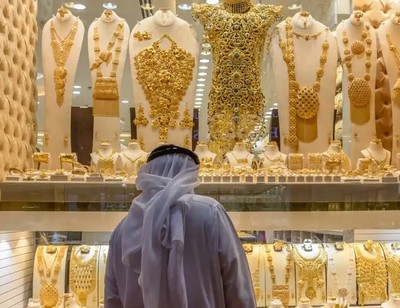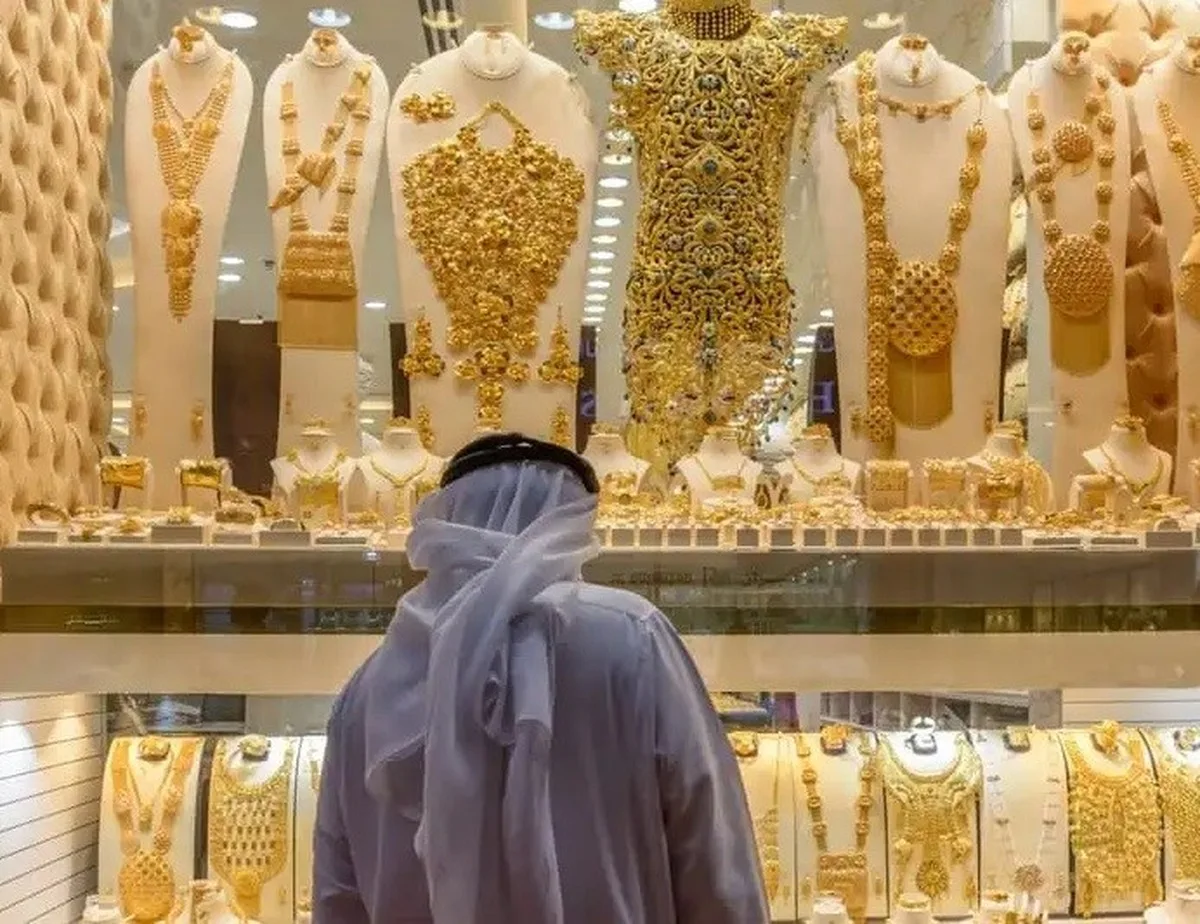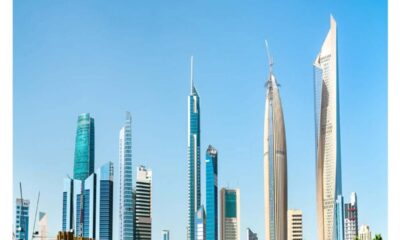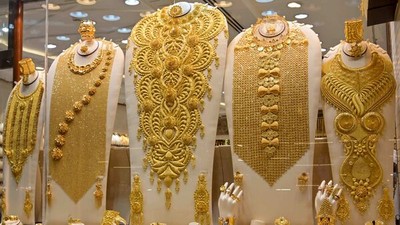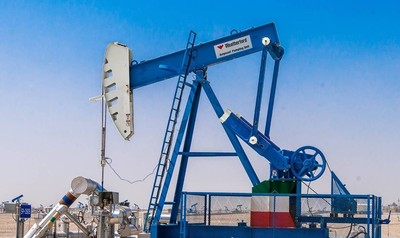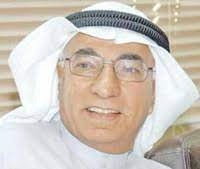KUWAIT CITY, Oct 5: Gold prices surged to a new record high of USD 3,886 per ounce as the ongoing US federal government shutdown intensified market uncertainty, Kuwait’s Dar Al-Sabayek Company reported in its latest weekly analysis.
Gold futures climbed by 1 percent, or USD 41, to close at USD 3,908 per ounce, securing a weekly gain of 2.6 percent and marking the 41st record closing price since the start of 2025, the report stated. This marks the seventh consecutive week of gains, with gold rising approximately 48 percent year-to-date. The surge reflects strong demand for safe-haven assets amid Washington’s fiscal impasse and growing expectations that the US Federal Reserve will cut interest rates.
The report highlighted that the US government shutdown has delayed the release of critical economic data, most notably the September non-farm payrolls report, forcing investors to depend on alternative indicators. These showed signs of a slowdown in economic activity, with a decline in employment in the US private sector and the Purchasing Managers’ Index (PMI) for the services sector stabilizing at 50, the threshold between growth and contraction.
Dar Al-Sabayek noted record inflows into gold-backed exchange-traded funds (ETFs) during September, with the world’s largest gold ETF receiving daily inflows of 19 tons and increasing its monthly holdings by 35 tons. This reflects renewed institutional interest in gold, despite total global ETF holdings remaining below 2020 levels.
The report also pointed to gains in other precious metals, with silver prices surpassing USD 47 per ounce and hitting new highs in recent weeks. Macroeconomic factors, including the absence of official US economic data due to the shutdown and expectations of a deeper monetary easing cycle by the Federal Reserve, continue to support investor demand for gold as a hedge against volatility.
A decline in the US dollar index, stable real yields, and weakness in the US labor market were cited as additional factors enhancing gold’s appeal by reducing its opportunity cost. On the geopolitical front, the report underscored that financial uncertainty in Washington, escalating international trade tensions, and fragile security situations in global conflict zones have raised the risk premium, helping gold prices remain near record levels.
The report warned that the US government shutdown is expected to continue affecting markets in the coming week, potentially disrupting the release of other key economic indicators such as the trade balance, unemployment claims, and the federal budget statement, following the postponement of the September jobs report.
Locally, the Kuwaiti market reflected these global trends, with 24-karat gold reaching approximately 38,365 Kuwaiti dinars per gram, 22-karat gold priced at about 35,170 dinars per gram, and silver climbing to roughly 530 dinars per kilogram, according to Dar Al-Sabayek.
The report stressed that ongoing fiscal and geopolitical uncertainties will likely sustain strong demand for precious metals in the near term.

 Politics21 hours ago
Politics21 hours ago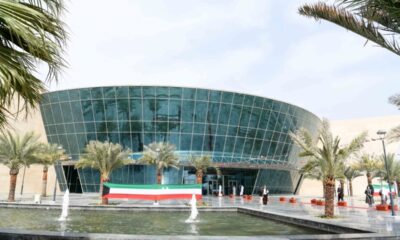
 Latest News20 hours ago
Latest News20 hours ago
 Politics18 hours ago
Politics18 hours ago
 Politics20 hours ago
Politics20 hours ago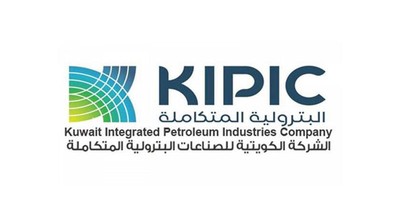
 Business21 hours ago
Business21 hours ago
 Latest News19 hours ago
Latest News19 hours ago
 Latest News7 hours ago
Latest News7 hours ago
 Latest News21 hours ago
Latest News21 hours ago
